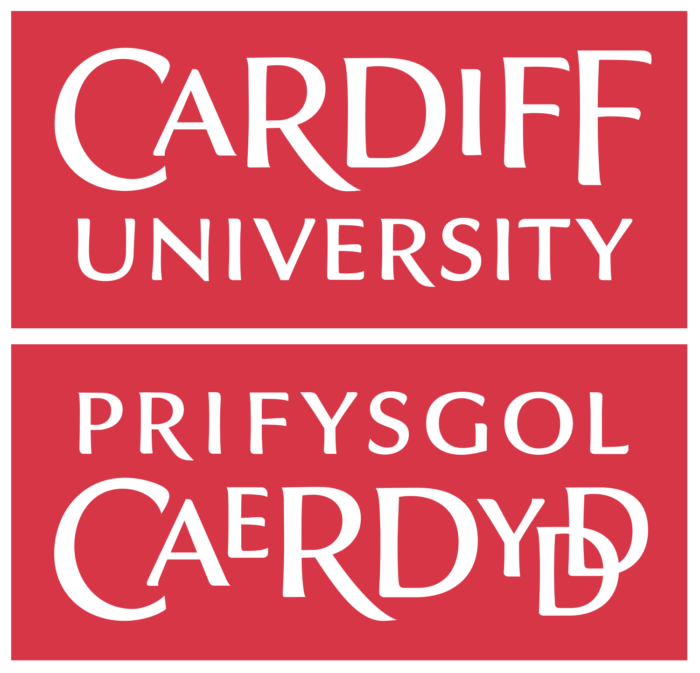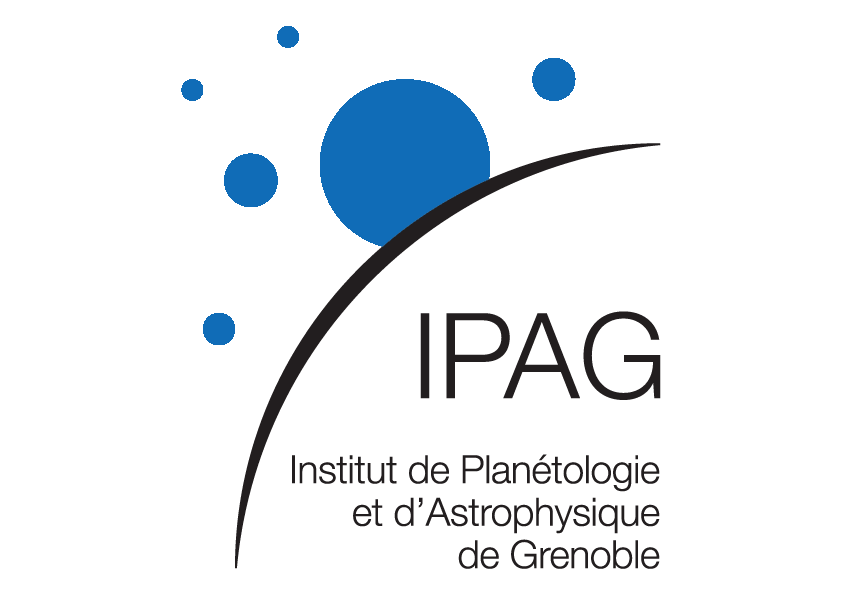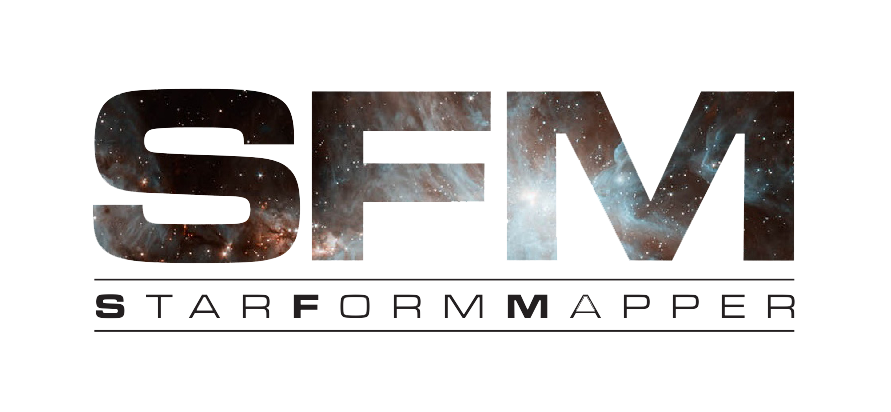StarFormMapper
StarFormMapper is a European H2020 RIA project. The key aim of the project is to combine data from two of ESA’s major space missions, Gaia and Herschel, together with ground based facilities, to constrain the mechanisms that underlie massive star and star cluster formation. Collectively, these facilities represent a considerable fraction of the total investment by Europe in astronomy. Taken separately, however, these missions give an incomplete picture but their combination will cover all stages from the formation of molecular cores, through the formation of stars, to the dispersal of the gas in young clusters. We will require new techniques in order to extract the full scientific value from this combination. We will develop new automated statistical techniques and common user tools that will provide wide benefits to the community. Our scientific results will underpin the study of how all galaxies evolve.

This project has received funding from the European Union’s Horizon 2020 research and innovation programme under grant agreement No 687528.

Leeds astrophysicists investigate star formation by:
- Leading international teams in conducting and exploiting infrared and radio surveys, one of which will result in the identification of nearly all of the young massive stars in the Milky Way
- Performing focused follow-up observations of individual sources utilising cutting-edge velocity-resolved spectroscopic, infrared interferometric and spectropolarimetric techniques
- Obtaining millimeter, submillimeter and infrared data for molecular line emissions and interpreting them with chemical models to probe the dynamics
- Constructing multidimensional, multifluid hydromagnetic models of the births of Giant Molecular Clouds and the development and evolution of structure within them.
Group members serve on committees defining the scientific objectives for a number of the most important, upcoming international facilities including the space-borne Herschel infrared mission, the radio frequency Square Kilometer Array and the Magdalena Ridge optical/infrared interferometer. They also study diffuse astrophysical matter in many other environments including discs where planets form, discs around evolved stars, powerful outflows occurring during stellar death, starburst superwinds and clusters of galaxies with central active galaxies similar to quasars.
The group’s studies of physical processes important in many diffuse astrophysical sources include investigations of how cosmic rays affect dynamics, the effects of charged nanoparticles on magnetic field evolution and the formation and escape of molecules from the surfaces of nanoparticles.

The Astronomy Group at Cardiff University contains an unique mix of theoretical, observational and instrumentation expertise, covering the research topics of Star and Planet Formation, Galaxy Evolution and Astronomical Instrumentation. The synergy between these groups played a central role in the development of the SPIRE camera on the Herschel Satellite, and continues to shape the way in which astronomical research is conducted, for example through its influence over the James Clerk Maxwell Telescope in Hawaii, and via its contributions to a new camera on the IMRAM 30m telescope in Spain. The Star Formation Group is also heavily involved in the development of numerical techniques, such as fluid dynamics and radiative transfer, and the production of codes that are used throughout the astronomical community.

Quasar Science Resources is a newly formed private company that provides consulting Software and System Engineering services for Research and Development projects. Quasar S.R. provides high quality tailored-made services targeted at Research Centres, Universities and Private Companies looking to expand their activity domain. Quasar S.R. activities cover many different areas, including, scientific software development and data reduction techniques, handling and exploitation of scientific data bases, archive engineering and data mining, computer systems engineering, including virtual machine infrastructure, network, data storage and backup. Quasar S.R. personnel has ample experience working in big international collaborations and entities including experience with ground and space-based scientific astronomical observatories.

The Institute for Planetary sciences and Astrophysics of Grenoble (IPAG) is a laboratory under the authority of CNRS and Unversity Grenoble Alpes and was born in 2011 from the merger of two laboratories (LPG and LAOG). With almost 100 permanent staff in 2015, IPAG is one of the largest laboratories of the Observatory of Sciences of the Universe of Grenoble (OSUG).
Research areas at IPAG range from the planetary sub-surfaces to the outer reaches of the Universe, with a strong involvement in the study of stellar and planetary formation. A major part of these activities includes the design, the building and the scientific use of several instruments dedicated to the most powerful telescopes on Earth, as well as space missions.
Most of the astrophysics research being conducted at the University of Grenoble is done at IPAG, from laboratory experiments to theoretical calculations, including R&D, the building of instruments, data processing, modelling and interpretation. Thanks to its international collaborations, foreign students and post-doctoral scientists, IPAG has emerged as a leading international institute on the Grenoble campus.

Leiden Observatory is the astronomical institute of the Faculty of Science of Leiden University. Established in 1633, it is the oldest university observatory in operation today, with a very rich tradition. Leiden Observatory carries out world class research participating in the construction of state-of-the-art instrumentation and leading the scientific exploitation of top astronomical facilities. The institute consists of about 35 faculty and adjunct faculty, 50 postdoctoral researchers, 50 MSc and 80 PhD students, and 30 support staff.
Research at Leiden Observatory spans the full width of modern astrophysical enquiry. It is based on observation, theory, simulation, and experiment. Two broad clusters characterize the ongoing research. Within each theme, researchers carry out their personal and specialized research programme. The two clusters are: Galaxies and the structures in which they are embedded and Exoplanets, and the formation of stars and planets.

For more information visit Star Form Mapper project page.
Spanish version Star Form Mapper project page.